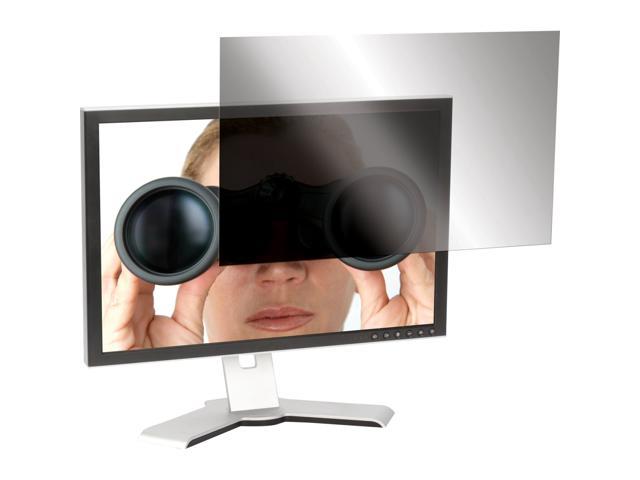During the last decade, a number of novel biophysical methods have been developed that allow the manipulation and study of individual biomolecules. The ability to monitor biological processes at the fundamental level of sensitivity, that of a single molecule, has given rise to an improved understanding of the underlying molecular mechanisms. Through the removal of ensemble averaging, distributions and fluctuations of molecular properties can be characterized, transient intermediates identified, and catalytic mechanisms elucidated. By applying forces on biomolecules while monitoring their activity, important information can be obtained on how proteins couple function to structure. TheHandbook of Single-Molecule Biophysicsprovides an introduction to these techniques and presents an extensive discussion of the new biological insights obtained from them.
Editorial Advisory Board: Daniel Müller, Cheng Zhu, Claus Seidel, Xiaowei Zhuang, Thomas Schmidt, Nynke Dekker.















